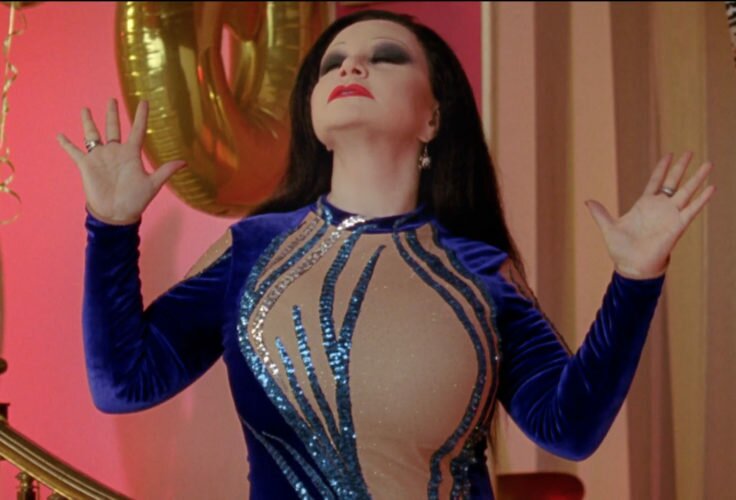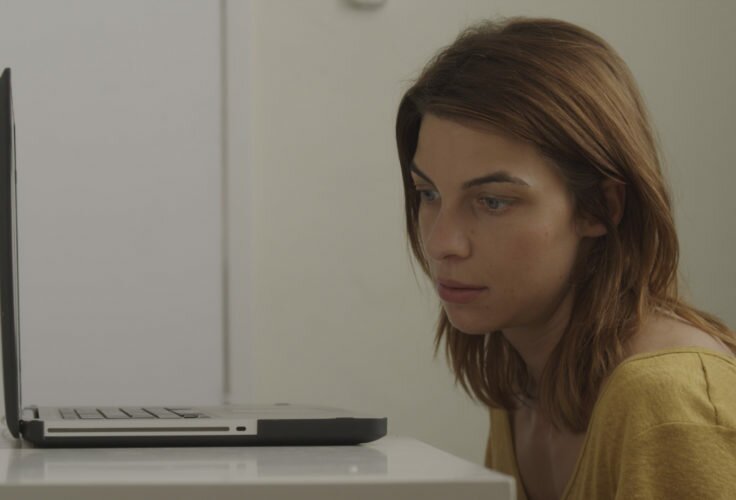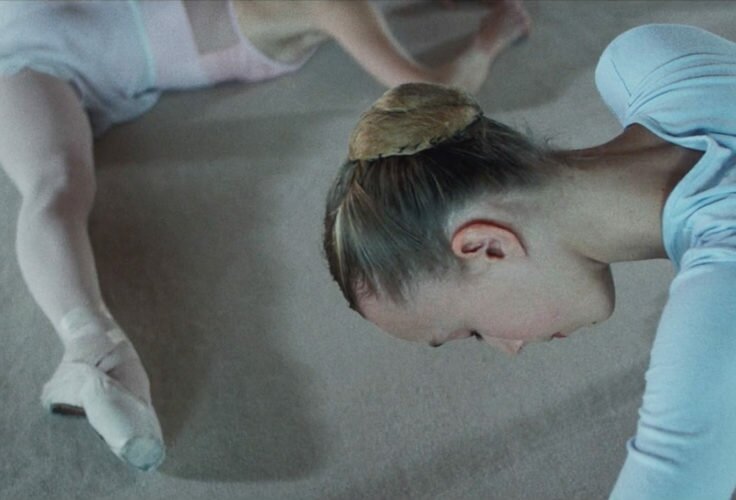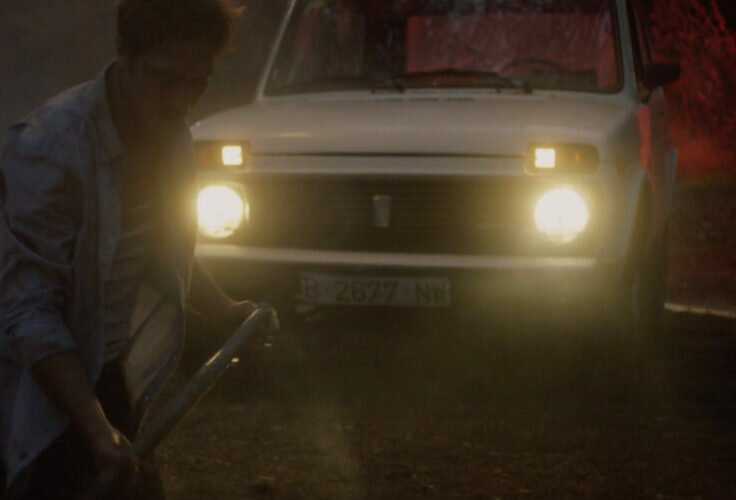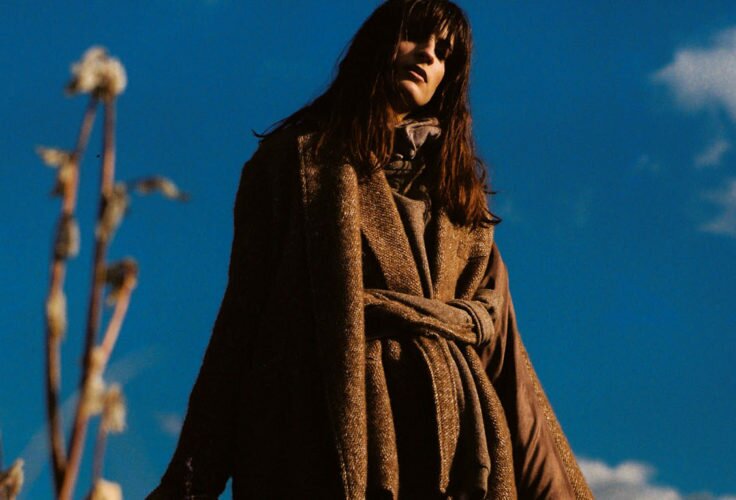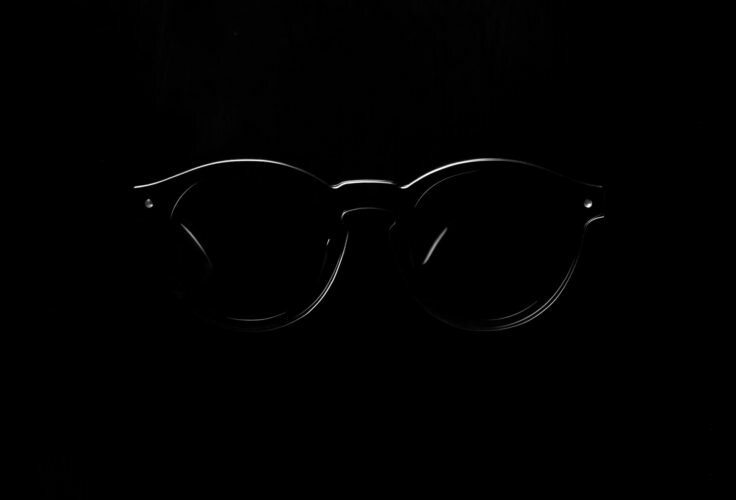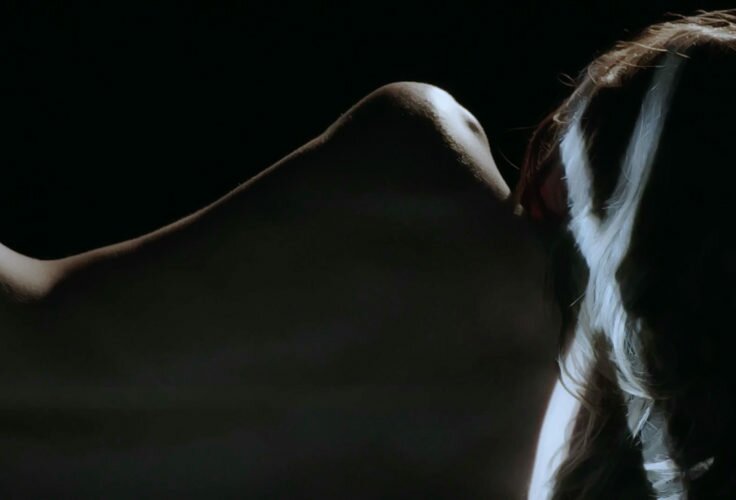Drake ha hecho un videoclip sobre recibir un tartazo en la cara, Child’s Play. Tyra Banks es la lanzadora. Y Ben Tuthill el testigo.
NOVELTY


vs.
THE HISTORICAL-AWARENESS OVERLOAD SINGULARITY
By Ben Tuthill
In 1992, with the grindcore band Extreme Noise Terror. Limping on a crutch and chomping on a cigar, Bill Drummond screamed his way through an unrecognizable crustpunk rendition of the EDM hit 3 A.M. Eternal. They ended the performance by blowing up the back of the stage, firing a clip of AK-47 blanks at the audience, and quitting the music industry for good. It was, all things considered, the most violent award show mic drop of all time.
Watching the KLF’s final performance in 2015, what’s most striking is the audience’s reaction. Apart from Billy Bragg (who seems to have thought it was hilarious) no one seems to particularly care: everyone raises their eyebrows and claps politely. A reaction shot that peaceful is inconceivable today. A modern camera crew would have sought out the most aghast audience members possible and made a news bite out of it.
We’re at a strange moment in our relationship with pop culture violence. The entertainment press thrives on overhyped shock value, but the artists and the actual viewers have never been more blasé. We’ve reached a saturation point (we reached it a long time ago) where no amount of violence is legitimately shocking. This is no good for the media industry: novelty is essential for sales, but out-maximalizing the past is all but impossible. We rely on amnesia and mandated apoplexy to preserve our cultural freshness, but both are becoming increasingly difficult to maintain.
The state of audiovisual violence is on rampant display in 2015 is BRTHR’s video for The Weeknd’s . There’s nothing innovative about In The Night; par for BRTHR’s course, it revels in the soft fuzz of VHS-era B-films. It’s what music videos look like when they’re directed by kids who grew up getting their movie recommendations from the “Influences” section of Quentin Tarantino’s Wikipedia page. It’s trained nostalgia, retrofitted retrofitting: the reference points come from films that Alex Lee and Kyle Wightman only ever experienced as reference points. There’s enough blood in it for a People article to call it “shocking”, but there’s nothing legitimately shocking about it. It looks exactly like what it is, just another look back at a long history of film violence.
I don’t know what the plot of In The Night is. It doesn’t really matter. The Eighties and early Nineties videos that it imitates have a charming schizophrenia about them, where the plot and the performance and the line between them are vague enough that it’s never quite clear what’s going on. BRTHR combines that calming inanity with the machine-gun clip of 21st century commercial-grade editing. Babbling turns into psychosis, and somewhere between the strobe lights and the VHS skips and the cheap lightning FX all of Abel Tesfaye’s rivals end up dead.
In The Night looks great, but it leaves me feeling cold. Once upon a time, that cold feeling was what made The Weeknd great. You listened to The Morning, felt nothing, and felt like shit about it. Maybe the times are different, or maybe the schtick just got old. Either way, five albums in, watching Tesfaye oversee a crew of strippers dragging a dead body into the ocean just makes me feel tired.
I don’t really want to feel this way when I listen to pop music. I don’t want a Weeknd video to feel the same as another news story about a mass shooting. I’d rather feel politely disinterested than empty and self-referential and tired. But there’s no way to deny the fact that everything I see I’ve seen too many times before, and that the only way for it to feel fresh is to forget the thousands of iterations that came before it.
I guess part of getting older means getting old enough to remember the history that’s getting repeated. But I wonder if it’s not just me, and if the internet has finally depleted violence’s propensity for novelty. That’s a lot to pick out of the video to a mediocre R&B song, but when that video so neatly reflects our cultural reactions to real-life violence, that says something.
We saw a lot of horrible things in 2015. There will be lots more to see in 2016. Much of it will be filmed, many of it will be posted online, and much of it will be hyper-linked to something that came before it. Maybe none of it will feel shocking. Maybe the instantaneous historical awareness that the internet provides us on one end will finally undermine the constant novelty that it provides on the other. But maybe that’s ok. If we need novelty to feel anything, it might be time to reassess what it is that we’re trying to feel in the first place.








